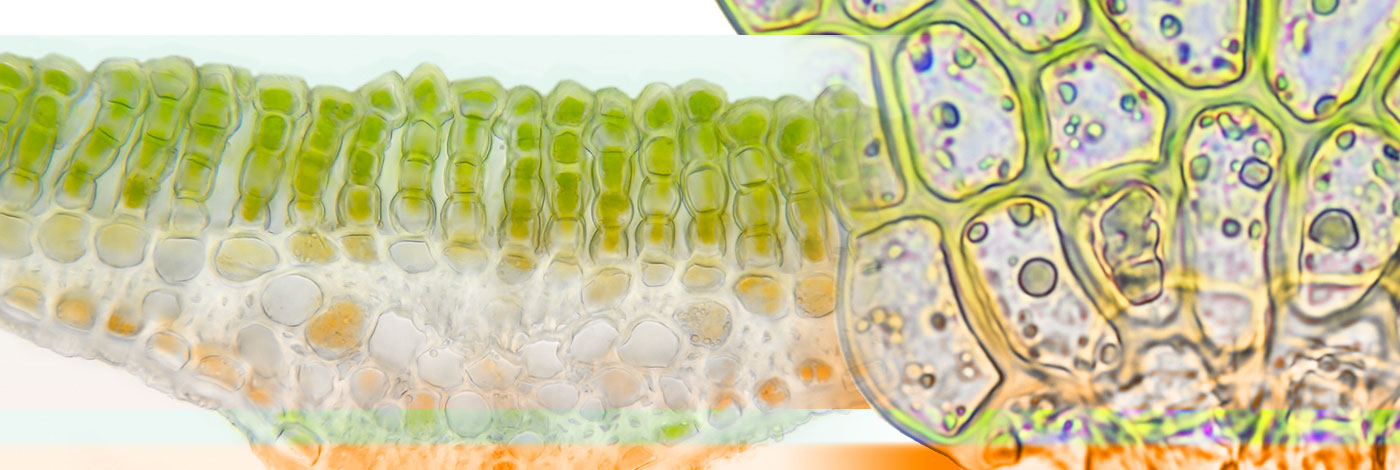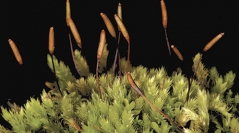

 Cryptogamie, Bryologie
41 (14) - Pages 197-204
Cryptogamie, Bryologie
41 (14) - Pages 197-204Among terrestrial plant species, male dwarfism (nannandry) is a unique feature of bryophytes, common in numerous dioicous pleurocarpous mosses. In this study, our objective was to describe and to elucidate the incidence of dwarf males in Portuguese populations of Homalothecium sericeum (Hedw.) Schimp and H. meridionale (M. Fleisch. & Warnst.) Hedenäs. We also evaluated the occurrence of sporophytes and of dwarf males, in 150 selected samples from the LISU herbarium collection. The results showed that most samples are heteromorphic, with sporophytes, and include dwarf males, independent marginal male branches and/or caducous brood branches as vegetative propagules. The samples containing only independent male plants are infrequent. Anisospory was observed in both species, with a perceptible bimodal distribution of spore size in both species. Moreover, in Portugal no differences were found between the two species of this complex concerning the presence and relative position of male plants, the occurrence of anisospory, or the strategies exhibited by male plants, such as nannandry and caducous branches.
Pleurocarpous moss, dioicous moss, sex strategies, heteromorphic gametophytes, dwarf males, spore diameters.